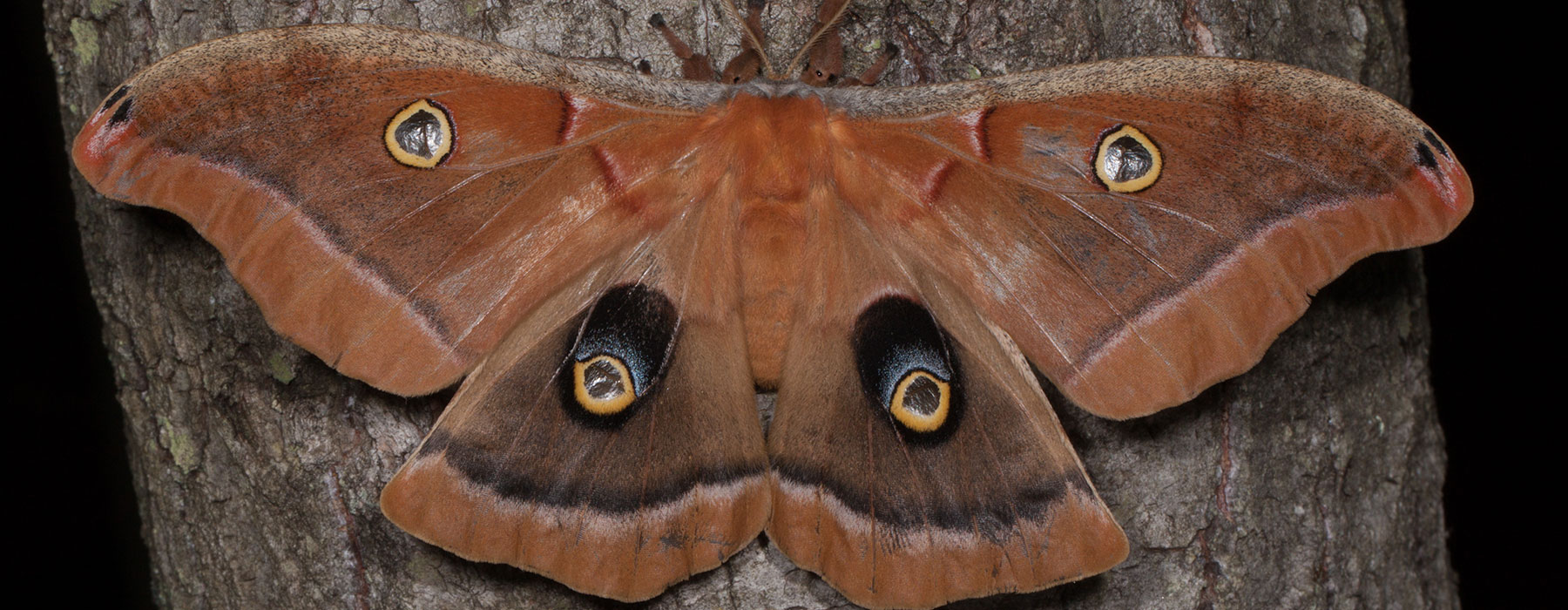Project Overview

The decline and even extermination of species of native giant silk moths is a critical conservation concern. Although no single cause is likely responsible for the threat of silk moths, an exotic parasitic fly, Compsilura concinnata, introduced from Europe more than a century ago to control gypsy moth and other invasive tussock moths, is implicated. NSRC researchers will investigate effects of forest structure by deploying “sentinel” larvae of two species of silk moth at intervals over a gradient of oak density and retrieving them after set time periods to assess parasitism. They will evaluate predation by birds and wasps over the same forest gradient using both living caterpillars and “dummy” caterpillars. Finally, they will use local and landscape gypsy moth population density estimates, coupled with forest inventory data, to assemble a computer risk model for silk moth attack by C. concinnata.
Objectives
To assess the effects of forest type on mortality of silk moths
Dataset Availability
There are no datasets associated with this project
Tags
Status - Active
Start date: 2015-01-01
Study Area

